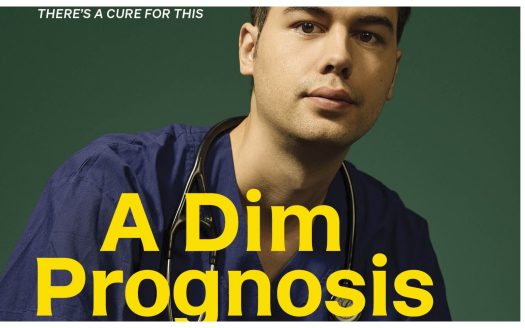Ivor Popovich
Allen & Unwin
Otago Daily Times, September 20th 2025
Monday, December 9th 2019, the first day of Ivan Popovich’s rotation at the country’s primary burns ICU, was baptism by fire. Flooded by victims of the Whakaari White Island eruption, the medical team struggled to save patients whose wounds leaching corrosive acids into the underlying tissues, worsened their injuries even as they were being treated. It is an apt metaphor for the situation facing our healthcare system today, where decades of action (and inaction) by various governments, agencies, and professional bodies have damaged to the fabric of public health sector to the point of collapse.
Popovich addresses the major factors contributing to the erosion of the sector clearly and systematically, using examples from his experiences to illustrate the causes and effects of chronic under-resourcing, mismanagement, and toxic workplace culture. These include (but are not restricted to): the hierarchical and tribal nature of medicine, its traditionally bullying culture exacerbated by chronically overloaded services; an aging population – and infrastructure – that successive governments have failed to budget for or invest in; inequitable access arising from the growth of the private sector, whose higher salaries and better working conditions to which specialists (many of whom split their time between private and public practice) understandably gravitate; and limited specialist training places in New Zealand and Australian colleges, meaning many home-grown junior doctors are unable to find jobs here despite numerous shortages.
These include the hierarchical and tribal nature of medicine, its bullying culture exacerbated by chronically overloaded services, a situation exacerbated by Australasian colleges limiting the availability of specialist training to the point where home-grown junior doctors are unable to find jobs here despite numerous shortages. Additional strains arise from an aging population – and infrastructure – that successive governments have failed to budget for or invest in, while the growth of the private sector lures specialists away from public practice, making access to treatment increasingly inequitable.
Less obvious but just as important are inefficiencies arising from antiquated IT and the lack of a nationally integrated system (5 year after Covid, different hospitals and regions remain unable to share patient records); a loss of administrative support so extreme that specialists are too busy scheduling clinics to see patients; and policies and procedures that don’t reflect practical or clinical reality.
Addressing such challenges may appear insurmountable, but Popovich believes that the situation is not yet terminal, and he concludes with a clear and concise list of changes needed to reverse the decline. Some, such as government investment in public rather than the private health and changes in the profession to address training bottlenecks and workplace culture, are aimed at the healthcare sector. Others relate to broader societal issues, including reducing structural inequities that lead to ill health (particularly poverty and poor housing), and adequately funding hospice and social /care services to “save hospitals for what they do best: looking after really sick people.”
These are highly politicised issues involving hard decisions about what we value and are prepared to invest in, and change will only happen if we as individuals exercise our voices and votes. A Dim Prognosis is more than just a call to action, however. Popovich is a reflective and observant writer who mixes his own story with those of colleagues, and patients whose stories with clarity, compassion and self-deprecating humour. He may not be sure what it says about him that “ICU doctors have a reputation for being arseholes and annoyingly anal retentive,” but this book suggests he is the type of physician our public health system needs.
